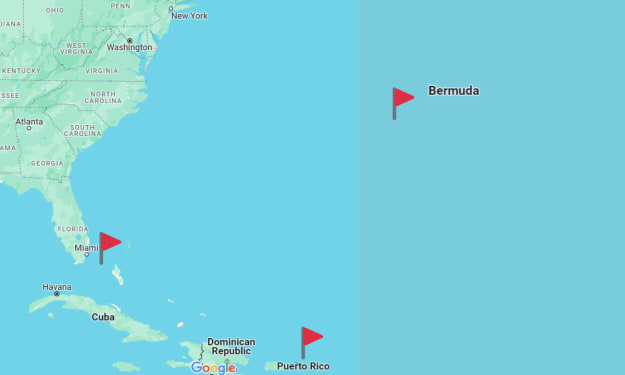Is it possible to create a planet entirely from scratch?
Creating a Planet from the Ground Up Feasibility and Challenges

Humanity's Response to Earth's Impermanence and the Feasibility of Crafting New Worlds
Inevitably, Earth's existence is finite, whether due to human activities or natural cosmic events like a colossal meteor impact. In such a scenario, our species faces the imperative of expanding beyond our home planet. However, the complexity of space travel, particularly interstellar journeys, raises doubts about its feasibility. Consequently, the idea of constructing an entirely new planet has emerged, a concept frequently depicted in science fiction, from Star Wars' Death Star to Hitchhiker's Guide to the Galaxy's planet-building facility and even more ambitious endeavors like Dyson Spheres.
To embark on such an audacious endeavor, one must first clarify the nature of the task. Are we discussing replicating a planet like Earth, or constructing a space station akin to a small moon or planet? The former necessitates a meticulous balance of elements and mass, while the latter still demands immense engineering feats but may be somewhat more manageable. Take, for instance, the Death Star, a famous fictional planet-sized space station. Estimates suggest that constructing such a colossal structure with a diameter of 74 miles, compared to Earth's 8,000 miles, would require materials weighing approximately one quadrillion tons—about a millionth of Earth's weight. The sheer magnitude of this task renders it impossible with current technology. To illustrate, Earth produces approximately 1.5 billion tons of steel annually, implying it would take over 800,000 years to amass enough for a moon-sized space station. Moreover, the cost would be astronomical, estimated at 852 quadrillion dollars, without factoring in the logistical challenges of transporting materials into space. However, hypothetically speaking, once the materials are in space, construction could be relatively straightforward, with robots doing most of the work. The absence of gravity complications would facilitate material transport, albeit a time-consuming process.
An alternative approach involves mining materials from existing spaceborne asteroids—a concept actively explored by various companies through ongoing tests. Successful asteroid mining could significantly reduce space construction costs. Additionally, it's worth considering that steel might not be the most suitable material for such projects; researchers propose using carbon-based materials harvested from asteroids due to their superior strength.
While building a moon-sized structure poses substantial challenges, the notion of creating an entire planet is exponentially more daunting. Earth's formation spanned 4.5 billion years, making replication seem unattainable. However, it's unnecessary to achieve an exact Earth replica to establish similar conditions. For instance, gravity is directly related to mass, so introducing one-tenth of Earth's mass in rock form within a moon-sized structure could yield comparable results. Space abounds with rock and debris, and Earth itself formed by the gradual accumulation of these materials. Developing technology to replicate this process could provide a promising start.
Some theorists propose building a fusion facility near the Sun to generate heavier elements required for planetary construction. By layering these dense metals and allowing them to cool, a stable structure could form. However, this approach would entail tens of thousands of years to complete. In contrast, terraforming an already existing planet appears more feasible. For instance, nuclear detonations could warm Mars' atmosphere, and an artificial magnetic field might deflect solar winds, thickening the atmosphere and triggering a greenhouse effect. Researchers believe this could be achieved within a few decades, making it a far more realistic prospect than constructing an entire planet from scratch.
In summary, while the idea of crafting a new planet is captivating, it remains firmly beyond our present technological capabilities. Perfecting asteroid mining and ensuring the reliability of AI-driven robots would be essential steps, but even then, constructing a large space station of such magnitude would be an extraordinary undertaking. Therefore, it appears more practical to focus on adapting the environments of neighboring planets to make them habitable. This path is the most likely avenue for finding an alternative to Earth as our future home. We invite you to share your thoughts on the possibility of humans ever constructing an artificial planet in the comments section, and please give us a thumbs up if you found this article engaging. We look forward to seeing you in our next installment.
Thank You For Reading...





Comments (1)
great work! Very interesting!